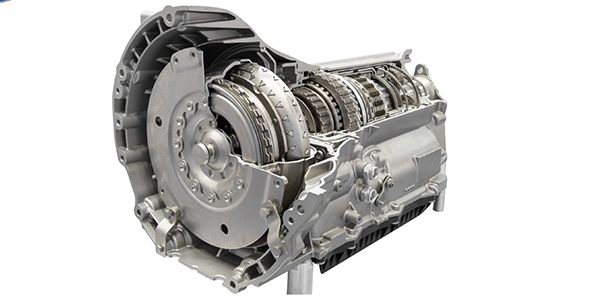CC:
Mercedes-Benz makes some of the most advanced vehicles on the road today, and they’re often thought of as being too difficult to work on. The truth is once you understand how their systems operate, they’re not that different from other modern vehicles, from a technical standpoint.
Let’s look at the fuel system in a 2003 Mercedes E55 AMG sedan as an example. The fuel tank in this vehicle is commonly known as a saddlebag style tank. This is due to its unique shape, which allows a prop shaft or drive shaft to pass beneath the tank to the rear differential.
Due to the unique shape of the fuel tank, a single fuel pump and sending unit wouldn’t work, since it wouldn’t be able to draw fuel from one side of the tank. So a more creative solution was needed. Instead, this vehicle uses two sending units, one on each side and a single fuel pump, called a delivery module, located inside the right hand side of the fuel tank.
Fuel is pumped from the delivery module, through a plastic line inside the tank, to the left side closing plate or top plate and up to the fuel filter and the engine through the fuel line. Return fuel flows back through the left side plate and into the left side of the fuel tank. From there, it is drawn back to the right side of the tank by way of a suction line.
During operation, the left and right sides of the tank we’ll have different levels of fuel inside them, so the PCM calculates overall fuel level based on the readings from both sending units.
When replacing one of these fuel pumps, it’s a good idea to tie a string or wire to the plastic lines inside the tank before removal. That way you can pull the line from the new pump across the fuel tank and out the other side, without needing to dip your arm into the fuel. Thanks for watching.
This video is sponsored by Carter.













